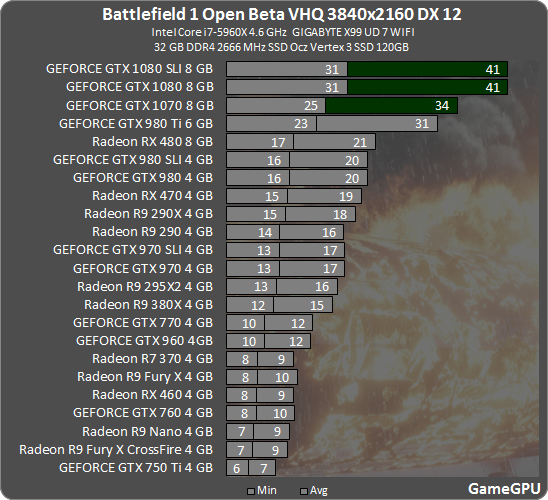Anarchist4000
Veteran
In most cases I'd agree with this. However that SSG card AMD showed off would seem to indicate that doesn't always need to be the case.HDD data chunks do not have 1:1 mapping to GPU pages. Usually HDD pages are grouped in macro pages to reduce seeking.




